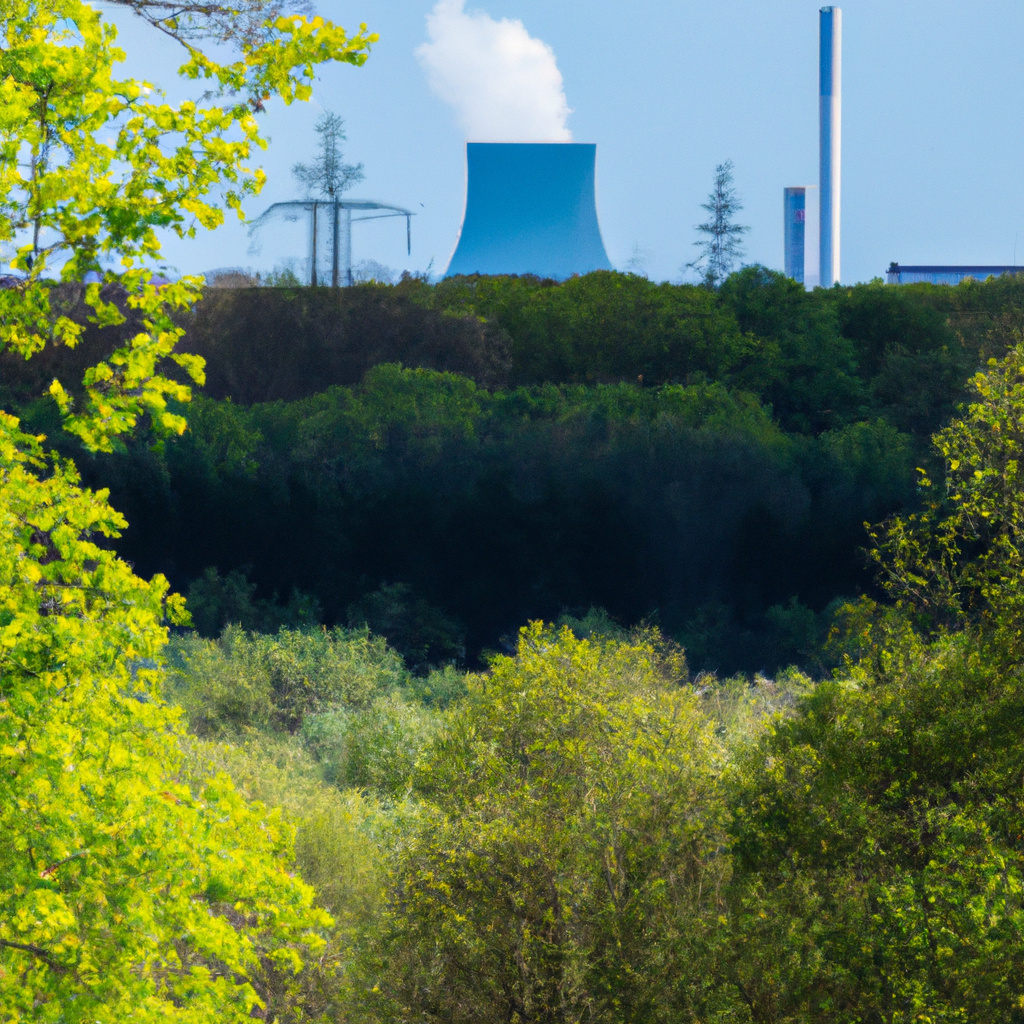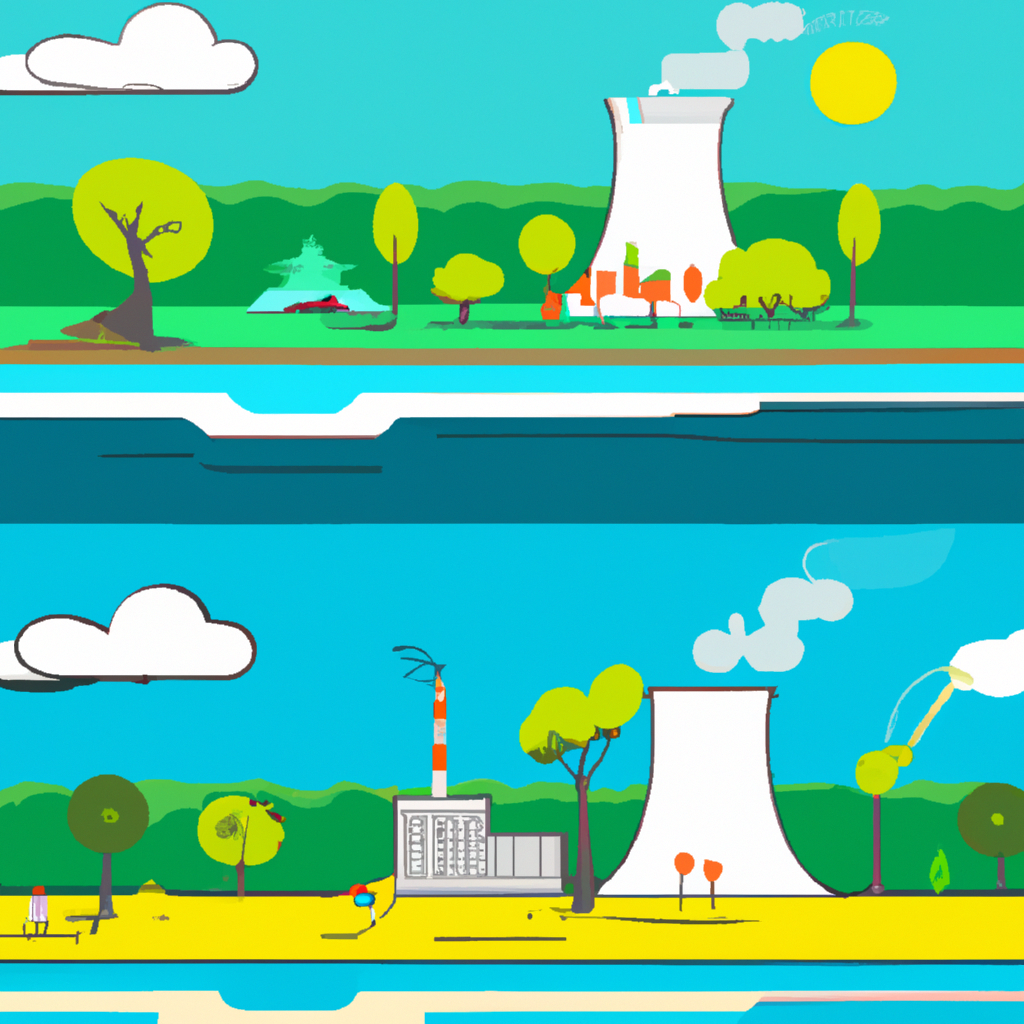Eurostat Data
Eurostat, the Statistical Office of the European Union, provides a comprehensive interactive publication on energy for 2023, titled “Shedding Light on Energy in the EU” [3]. This publication provides answers to various questions related to energy and the environment in the European Union (EU). The different visualisation tools in the publication allow users to explore selected indicators of energy and environment.
Eurostat offers a range of publications, including “Energy Key Indicators 2023-02” [4], which provides an overview of the energy situation in the EU and allows users to compare it with other European countries. The importance of energy statistics is highlighted on the Eurostat website, which emphasises that energy is vital to run our essential day-to-day services and businesses [6]. The Commission’s Oil Bulletin presents weekly consumer prices for petroleum products in EU countries to improve the transparency of oil prices and strengthen the internal market [10].
In conclusion, Eurostat provides a wealth of information on energy in the EU through its interactive publications and key indicators. The data and analysis provided by Eurostat help in understanding the energy situation in the EU and the efforts being made to mitigate the impact of high energy prices and increase the resilience of the EU’s energy system.
EU Progress
The European Union has made significant progress in achieving its energy goals in the past few years, with a focus on reducing greenhouse gas emissions, increasing energy efficiency, and promoting the use of renewable energy sources. The EU has set a target to achieve 32% of its energy consumption from renewable sources by 2030, and the latest data from Eurostat shows that the EU is well on its way to reaching this goal.
Renewable Energy Sources on the Rise
Renewable energy sources, such as wind, solar, hydro, and biomass, are rapidly increasing in popularity across the EU. In 2023, renewable energy sources accounted for 26.3% of the EU’s total energy consumption, a significant increase from the 20.2% recorded in 2019. This shift towards renewable energy sources has led to a decrease in the EU’s dependence on fossil fuels, particularly coal and gas, which are the primary contributors to greenhouse gas emissions.
Energy Efficiency Improving
The EU has also made significant progress in improving energy efficiency, which is the reduction of energy consumption per unit of economic output. The EU has set a target to improve energy efficiency by 32.5% by 2030, and the latest data shows that the EU is on track to reach this goal. Energy efficiency has been improved through a range of measures, including the implementation of energy-efficient building standards, the promotion of energy-efficient appliances, and the development of energy-efficient transportation systems.
Greenhouse Gas Emissions on the Decline
As a result of the increased use of renewable energy sources and improved energy efficiency, greenhouse gas emissions in the EU have been declining. In 2023, the EU’s greenhouse gas emissions were 43% lower than in 1990, and the EU is committed to further reducing emissions in the coming years. The EU’s efforts to reduce greenhouse gas emissions have been instrumental in the global effort to combat climate change and limit the adverse impacts of global warming.
The Future of Energy in the EU
The EU continues to be at the forefront of efforts to transition to a low-carbon and sustainable energy system. In the coming years, the EU will continue to promote the use of renewable energy sources and improve energy efficiency, with a focus on achieving its target of 32% renewable energy consumption by 2030. The EU will also continue to work towards reducing greenhouse gas emissions and contributing to the global effort to combat climate change.







